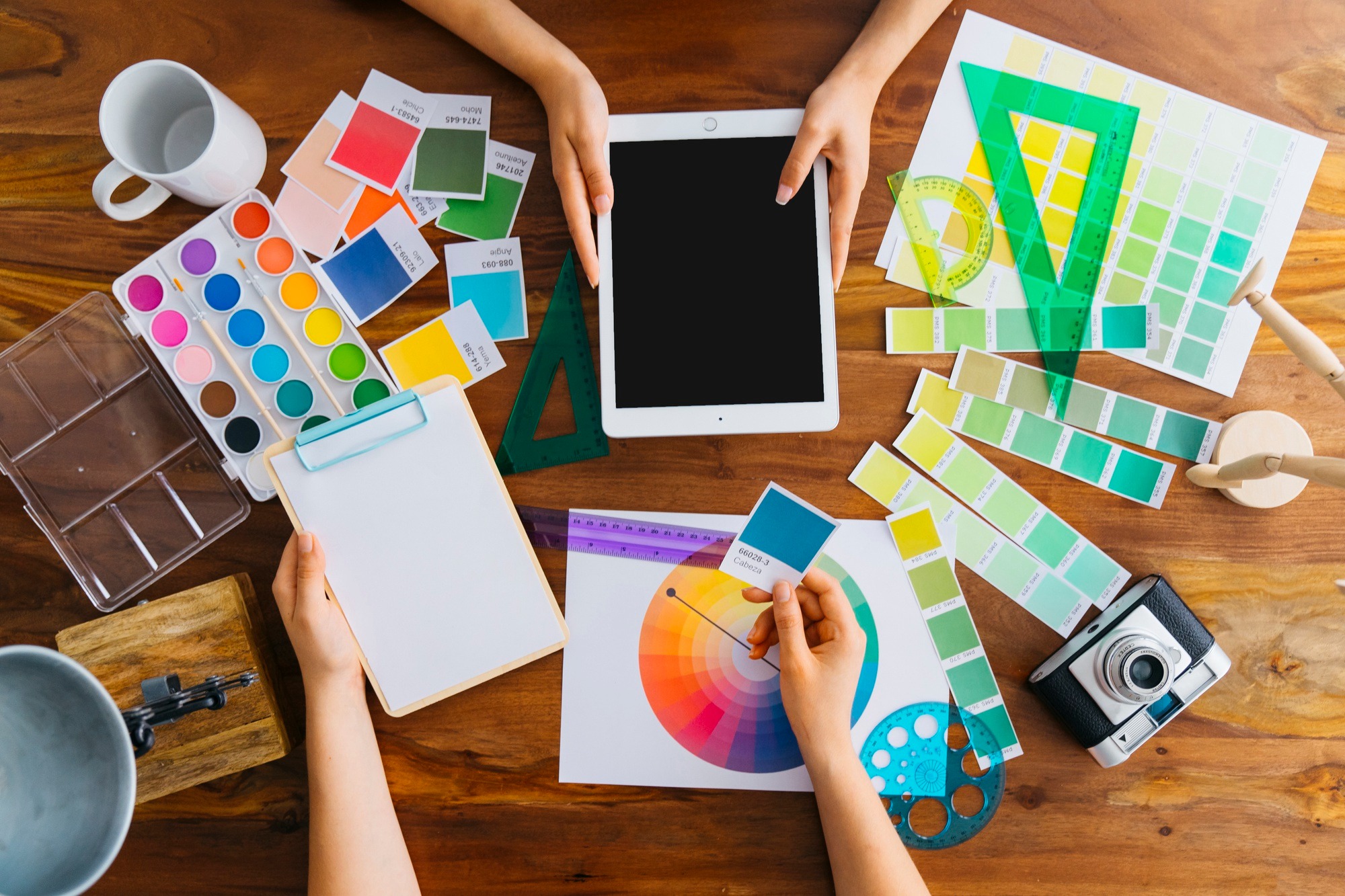More Detailed Description of The Expertise
During graphic website design creation, we collect the requirements from a customer, the idea is deciphered and the style of the project is determined. The designer can ask a customer for references to clarify the requirements. After that, a palette of colors and fonts is selected. Next, the designer develops wireframes – general layouts that serve as the basis for corrections and refinements. After the wireframes are discussed by the customer, the designer begins to develop the final design, which is submitted to the customer for approval. After the design is approved, revisions are made as needed. The client reviews and approves the final design before handing over to developers for implementation.
What We Do
Gathering Clients Demands
During the consultation with the client, all the requirements and wishes of the customer are collected. The designer listens to our customer to choose the website design that suits their business best.
Сompetitors designs analysis
In addition to the client's wishes, designers also pay attention to the client’s competitors designs, their main trends and the best of their interfaces, that could be inspiring in further development.
General Aesthetics Selection
After listening to the customer’s wishes and analyzing the competitors, the designer selects the general color scheme, images and fonts, which they show to the customer.
A design mockup creation
A first, non-functional mock-up of the design is formed using tools such as Figma, Adobe Photoshop, etc. This mockup doesn’t have to be detailed, it should show the general concept, which was set by the customer and the designer.
A working prototype creation
After the initial design approval, the design implementation process into a web solution and creating a backend to make the design interactive begins. This also includes the addition of animated, interactive elements that make the interface more dynamic.
Testing and debugging
The next stage is testing the prototype for errors and usability. If bugs and inconveniences are detected, feedback is collected and additional corrections and retesting are carried out. After all the tests, the design is ready for use.


